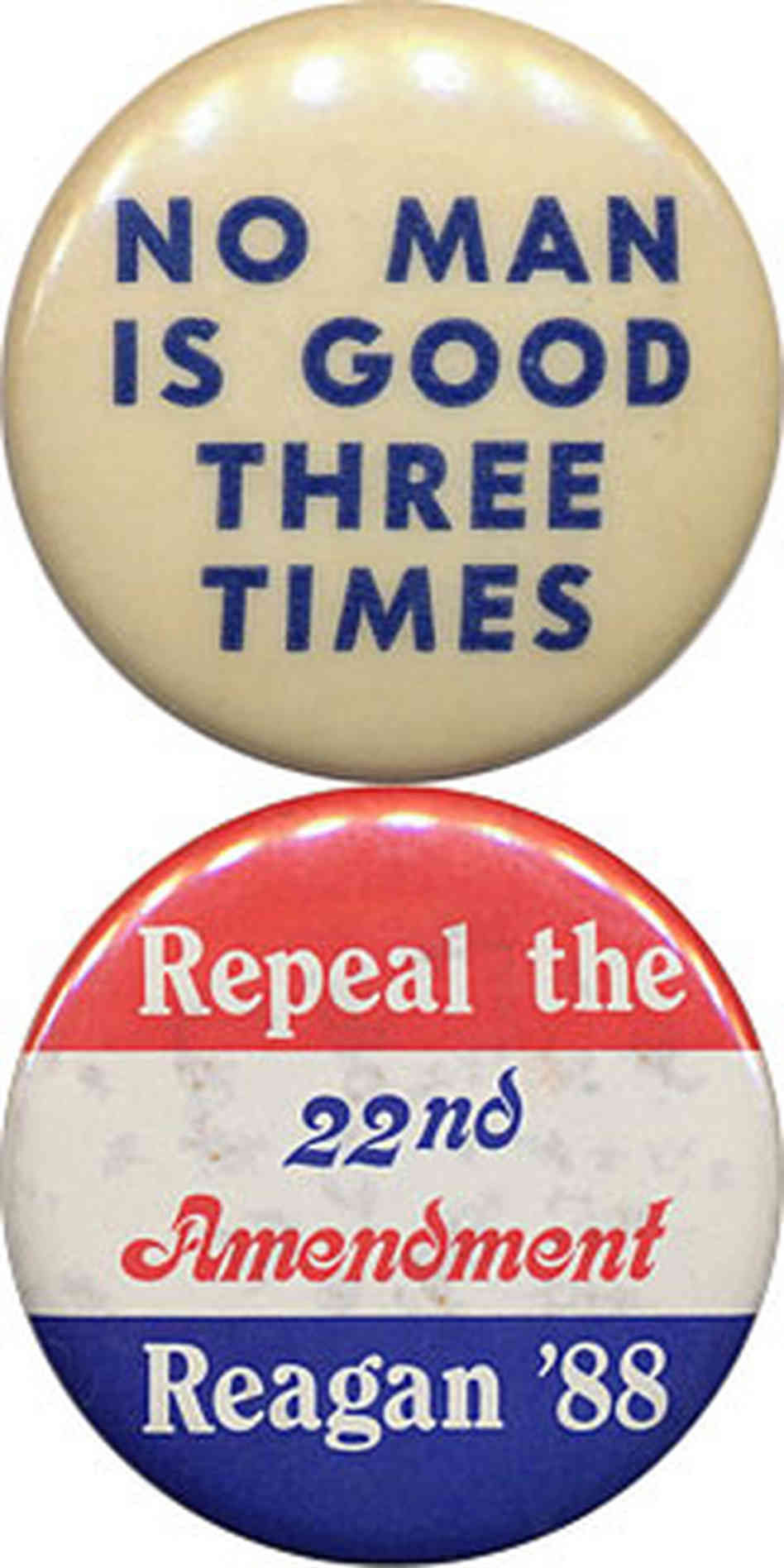Monstrous Beauty: A Feminist Reimagining Of Chinoiserie At The Met

Table of Contents
Challenging Orientalist Tropes: A Feminist Deconstruction of Chinoiserie
Orientalism, the Western romanticized and often stereotypical representation of Eastern cultures, significantly impacted the development of Chinoiserie. This lens frequently depicted Chinese women as passive, exotic objects, reinforcing colonial power dynamics. The Met's Chinoiserie exhibition presents numerous examples of these tropes: delicate porcelain figurines portraying submissive women, paintings showcasing idealized landscapes devoid of the realities of Chinese life, and furniture designs that emphasize exoticism over authenticity.
However, a closer examination reveals subtle acts of resistance. Some artworks, while seemingly adhering to Orientalist conventions, subtly subvert them through unexpected details or ambiguous expressions.
- Examples of stereotypical depictions of Chinese women: Fragile porcelain figures perpetually smiling, paintings showcasing women confined to domestic spaces.
- Counter-examples that challenge these stereotypes: Paintings with women depicted in unconventional poses or with assertive expressions, subtle hints of agency within seemingly docile representations.
- Discussion of the artist's intent vs. the viewer's interpretation: The intent behind the creation might have been to reinforce Orientalist tropes, yet contemporary viewers can engage with these pieces through a feminist lens, unpacking the subtext and revealing hidden meanings.
Reframing "Monstrous Beauty": Agency and Subversion in Chinoiserie Art
The concept of the "monstrous feminine," as explored by feminist theorists, describes powerful female figures who defy patriarchal norms through their unconventional appearance or behavior. This framework is crucial to understanding certain aspects of Chinoiserie. The "exotic" features often attributed to Chinese women – unusual hairstyles, elaborate clothing, and even seemingly exaggerated facial features – can be reframed as expressions of female strength and resistance rather than simply exotic ornamentation.
- Examples of female figures depicted with strength and defiance: While rare, some artworks depict women with powerful gazes or assertive postures, hinting at an inner strength that counters the stereotypical image of passivity.
- Analysis of unconventional beauty standards in the context of feminist theory: By challenging Eurocentric beauty ideals, Chinoiserie, despite its problematic aspects, opens up space for considering alternative standards of beauty and female agency.
- Discussion of the ambiguity and multiple interpretations inherent in the artwork: The very ambiguity and open-endedness of certain pieces allow for multiple interpretations, offering fertile ground for feminist readings.
The Female Gaze: Reinterpreting Chinoiserie through a Feminist Lens
To fully understand the Met's Chinoiserie exhibition, we must consider the "female gaze." By analyzing how female artists engaged with Chinoiserie, and how female viewers experience the artwork, we can enrich our understanding. While predominantly created by male artists, some pieces might subtly reflect or inadvertently reveal a female perspective, or at the very least, offer entry points for a feminist interpretation.
- Examples of artwork created by female artists or with a female perspective: Researching the potential contributions of female artists to the Chinoiserie genre, even if less prominent, is vital for a complete understanding.
- Analysis of how the female gaze alters the interpretation of power dynamics within the artwork: A female viewer might notice and interpret subtle details differently, challenging dominant narratives and power structures.
- Discussion of the impact of the viewer's gender on their experience of the exhibition: Acknowledging the diverse perspectives and experiences of viewers, particularly the impact of gender, enhances our appreciation of the artwork and its complexities.
The Met's Role in Fostering Feminist Interpretations of Chinoiserie
The Met’s curatorial choices play a significant role in shaping how the public engages with the Chinoiserie exhibition. The exhibition's framing, the accompanying catalog, and the website's content all contribute to (or detract from) feminist interpretations.
- Critique of the exhibition's framing and narrative: Does the exhibition's narrative sufficiently address the problematic aspects of Chinoiserie and offer alternative interpretations?
- Suggestions for improving the exhibition's accessibility and inclusivity: Can the Met improve its outreach to diverse audiences and ensure representation of different voices and perspectives?
- Assessment of the Met’s commitment to feminist scholarship and interpretation: Does the Met actively engage with and promote feminist scholarship in its exhibitions and related materials?
Conclusion: Reclaiming "Monstrous Beauty": A Call to Feminist Engagement with Chinoiserie at the Met
This article argues that a feminist reimagining of Chinoiserie at the Met allows for a richer and more nuanced understanding of the genre. By analyzing the exhibition through the lens of "monstrous beauty," we can challenge Orientalist tropes, reveal hidden acts of subversion, and engage with the artwork through diverse perspectives. The Met’s role in promoting these feminist interpretations is crucial.
Visit the Met's groundbreaking exhibition on Chinoiserie and contribute to the ongoing conversation about monstrous beauty and feminist interpretations. Share your thoughts using #ChinoiserieFeminist #MetMuseum #MonstrousBeauty. The enduring relevance of feminist perspectives in challenging traditional narratives and enriching our understanding of art history cannot be overstated. Let's continue the vital work of reclaiming the monstrous beauty within Chinoiserie and beyond.

Featured Posts
-
 Shop The Hudsons Bay Liquidation Up To 70 Off Everything
Apr 28, 2025
Shop The Hudsons Bay Liquidation Up To 70 Off Everything
Apr 28, 2025 -
 Aaron Judge And Samantha Bracksieck Announce Babys Arrival
Apr 28, 2025
Aaron Judge And Samantha Bracksieck Announce Babys Arrival
Apr 28, 2025 -
 Federal Judge To Hear Case Of 2 Year Old Us Citizen Facing Deportation
Apr 28, 2025
Federal Judge To Hear Case Of 2 Year Old Us Citizen Facing Deportation
Apr 28, 2025 -
 Aaron Judges Record Tying Performance Matching Babe Ruths Yankees Legacy
Apr 28, 2025
Aaron Judges Record Tying Performance Matching Babe Ruths Yankees Legacy
Apr 28, 2025 -
 Analysis Of Trumps Time Interview Focus On Canada Xis Influence And Presidential Term Limits
Apr 28, 2025
Analysis Of Trumps Time Interview Focus On Canada Xis Influence And Presidential Term Limits
Apr 28, 2025
